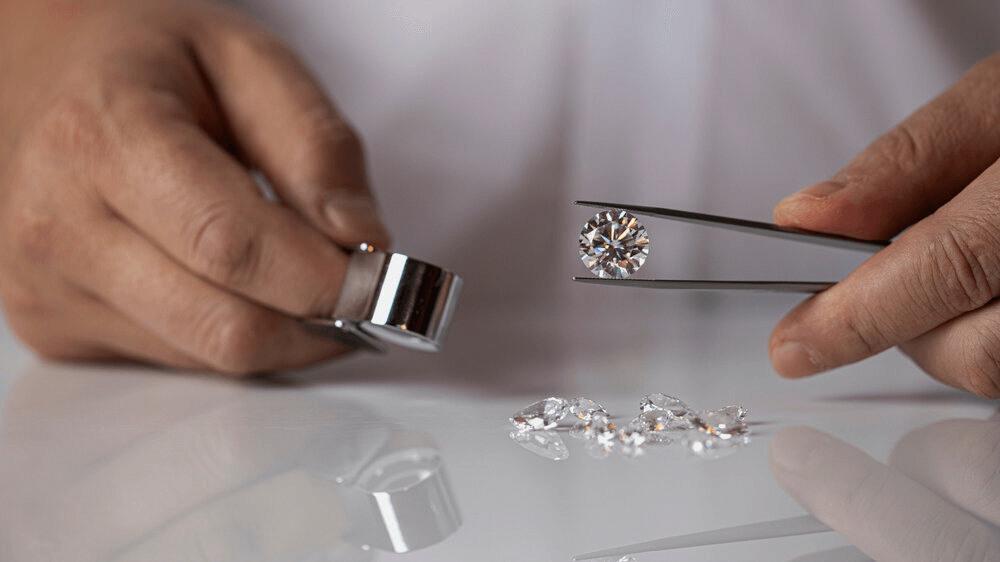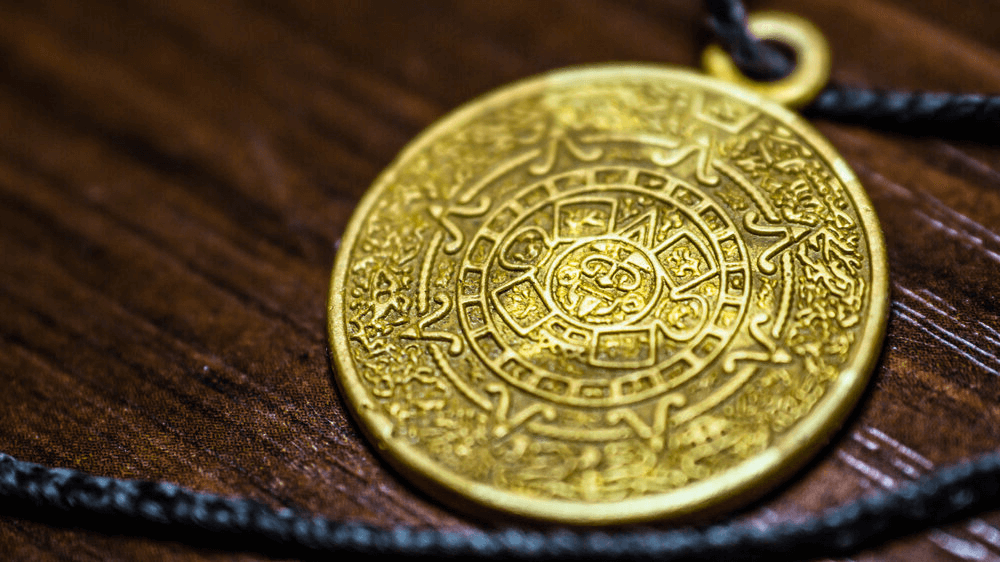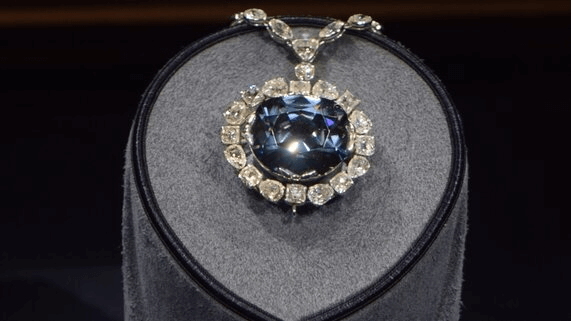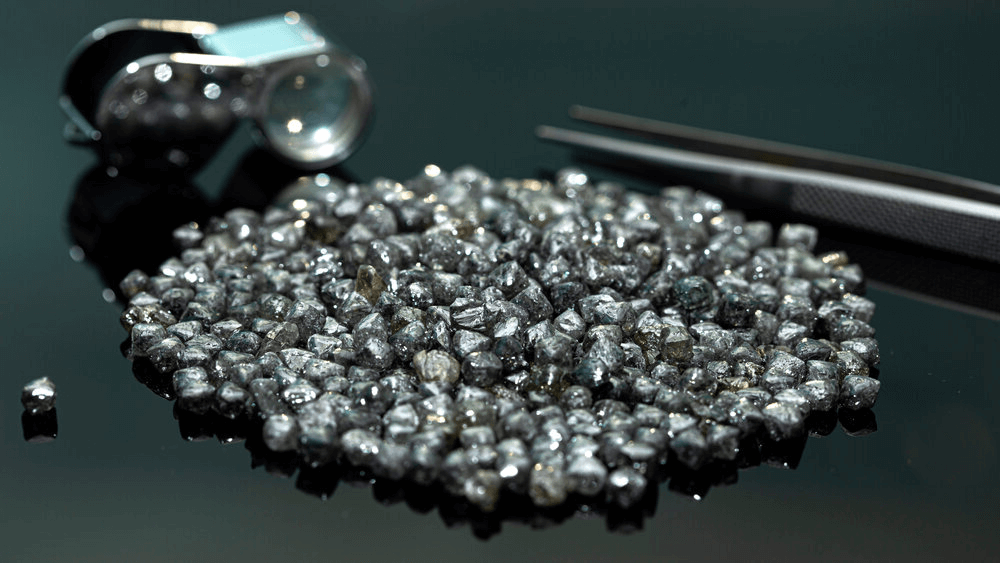Huge Savings: The Truth About the Diamond industry

By Gary A.

Edited by Olivia H.
Published Aug 18, 2024
Edited on Mar 31, 2025
When it comes to understanding the global diamond market, analyzing the diamond industry offers fascinating insights into how trends and pricing influence your perfect engagement ring choice from start to finish.

Navigate this guide:
- 6 Quick Tips for Navigating Diamond Industry Trends and Pricing for Your Perfect Engagement Ring
- Introduction: The Enigmatic World of Diamonds
- The Heartbeat of the Diamond Industry
- The Art and Science of Diamond Crafting
- Lab-Grown vs. Natural: The Eternal Debate
- Ethical Elegance: The Future of Diamonds
- Our Expert Take
- 10 Frequently Asked Questions
Before we dive deeper into the specifics of Analyzing Trends and Market Dynamics of the diamond industry, here are some practical tips to help guide your decision-making process.
6 Quick Tips for Navigating Diamond Industry Trends and Pricing for Your Perfect Engagement Ring
Tip 1. Certification and Authenticity:
Always ask for a diamond’s certification when purchasing. This is a document that verifies the diamond’s quality and ensures you’re getting what you pay for.
Reputable certifications come from recognized gemological labs like the Gemological Institute of America (GIA) or the American Gem Society (AGS).
Tip 2. Beware of Diamond Treatments:
Some diamonds undergo treatments to enhance their appearance. While these might look good, they can affect the diamond’s value.
Always ask if the diamond has been treated and request this information in writing.
Tip 3. Lab-Grown vs. Natural Diamonds:
Be clear about whether you’re buying a lab-grown or natural diamond. Lab-grown diamonds are often cheaper but might not hold their value over time.
Understand the ethical implications of both. While lab-grown diamonds are touted as more ethical, natural diamonds support many economies and livelihoods.
Tip 4. Research the Retailer:
When analyzing the diamond industry, it’s crucial to understand the reputation and practices of retailers.
Ensure they source their diamonds ethically and have transparent supply chains.
Tip 5. Market Dynamics and Geopolitical Factors:
The diamond industry is influenced by global events, such as geopolitical tensions and economic shifts.
Stay updated on major global events that might impact diamond prices and availability, such as sanctions on major diamond producers or economic downturns.
Tip 6. Sustainability and Ethical Sourcing:
The diamond industry has faced criticism for its environmental and ethical practices.
Opt for retailers that prioritize sustainable mining practices and ensure their diamonds are conflict-free.
Tip 7. Timing Your Purchase: When to Take the Leap
While there’s no “perfect” time to buy a diamond, certain periods may offer better deals. Many online retailers offer sales around major holidays, particularly Black Friday and the winter holiday season. However, don’t let the allure of a sale rush your decision – you can find more tips here, and take your time to research and compare options.
Now that you’ve got these practical tips, use Jeweler AI below to find the perfect engagement ring that suits your style and budget:
Introduction: The Enigmatic World of Diamonds
They say diamonds are forever, but there’s so much more to these stones than just their sparkle. Diamonds have captivated humanity for millennia, their allure a perfect blend of natural wonder and cultural significance. These precious stones have adorned crowns, sealed engagements, and symbolized enduring love across cultures. But what truly makes diamonds so special? Find out below.
The Historical Odyssey: Tracing Back to the Gem’s Origins
The story of diamonds is as old as the Earth itself. Formed deep beneath the surface over billions of years, these carbon crystals have been thrust upwards through volcanic activity, waiting to be discovered. The first recorded diamond mines were in India, around 800 BC. From there, these glittering stones made their way across trade routes, captivating royalty and commoners alike.
But it wasn’t until the late 19th century, with the discovery of diamond mines in South Africa, that the modern diamond industry truly took shape. This find revolutionized the market, making diamonds more accessible and sparking new trends in jewelry design.
The Heartbeat of the Diamond Industry
Today’s diamond industry is a complex global network, spanning continents and involving millions of people. From miners in remote locations to master cutters in bustling cities, every diamond passes through many hands before reaching its final owner.
The Pillars of Prosperity: Major Players and Markets
The diamond market is dominated by a few key players, with De Beers long holding the top spot. However, recent years have seen a shift, with companies like Alrosa and Rio Tinto gaining ground. The largest consumer markets remain the United States, China, and India, with emerging markets in Southeast Asia showing promising growth.
Online retailers have revolutionized the industry, offering unprecedented choice and value. The ability to compare thousands of diamonds from the comfort of home has empowered buyers, making the process more transparent and often more affordable than traditional brick-and-mortar stores.
Mining Marvels: The Quest for the Perfect Gem
Diamond mining is an impressive feat of engineering and perseverance. Modern mines use a combination of open-pit and underground techniques, employing cutting-edge technology to extract these precious stones from the earth. But it’s not just about digging – the real challenge lies in finding diamond-rich deposits. Geologists use advanced imaging techniques and data analysis to pinpoint promising locations, turning diamond hunting into a high-tech treasure hunt.
The Art and Science of Diamond Crafting
Once mined, a diamond’s journey is far from over. It’s in the hands of skilled artisans that a rough stone transforms into the dazzling gem we recognize.
From Rough to Radiance: The Cutting Edge
The art of diamond cutting has evolved dramatically over centuries. Today’s master cutters use a combination of traditional skills and advanced technology to maximize a diamond’s beauty. Laser cutting and computer modeling allow for unprecedented precision, ensuring each facet is perfectly placed to enhance the stone’s fire and brilliance.
The most popular cut remains the round brilliant, but fancy shapes like cushion, oval, and pear are gaining popularity, especially among younger buyers looking for unique engagement rings.
Certification and Authenticity: Your Assurance of Perfection
In the world of diamonds, trust is paramount. That’s where certification comes in. Organizations like the Gemological Institute of America (GIA) provide independent assessments of a diamond’s quality, grading each stone on the famous 4Cs: cut, color, clarity, and carat weight.
When shopping online, always look for certified diamonds. Reputable online retailers provide detailed information, 360 videos, and high-resolution images, allowing you to examine each stone closely before making a purchase. This transparency, combined with lower overhead costs, often translates to better value for the buyer.
Lab-Grown vs. Natural: The Eternal Debate
The rise of lab-grown diamonds has sparked intense debate within the industry. These man-made stones are chemically identical to their natural counterparts, yet they’re created in a matter of weeks rather than billions of years.
Understanding the Nuances: Beyond the Sparkle
While visually indistinguishable to the naked eye, lab-grown and natural diamonds do have some key differences. The production process for lab-grown diamonds is more controlled, resulting in fewer inclusions. However, some argue that the unique inclusions in natural diamonds give each stone its own “fingerprint,” adding to its charm and value.
The Price of Permanence: Evaluating Value and Sustainability
Lab-grown diamonds typically cost 30-40% less than comparable natural stones, making them an attractive option for budget-conscious buyers. They also boast a smaller environmental footprint. However, natural diamonds hold their value better over time and are often seen as more desirable for high-end jewelry and investment pieces.
The choice between lab-grown and natural ultimately comes down to personal preference and priorities. Both options have their merits, and the market seems to be embracing this diversity.
Ethical Elegance: The Future of Diamonds
As consumer awareness grows, the diamond industry is evolving to meet demands for ethical and sustainable practices.
Embracing Ethical Sourcing: The Industry’s Pledge
The Kimberley Process, established in 2003, aims to prevent conflict diamonds from entering the market. Many companies now go beyond this, implementing their own ethical sourcing initiatives. When shopping, look for retailers that provide information about their sourcing practices and commitment to ethical standards.
Innovations and Trends: Shaping Tomorrow’s Treasures
The diamond industry continues to innovate. From blockchain technology for tracking a diamond’s journey to new cutting techniques that maximize brilliance, the future looks bright. Personalization is also on the rise, with more buyers opting for custom designs that tell their unique story.
Our Expert Take
The world of diamonds is as multifaceted as the stones themselves. Whether you’re drawn to the billion-year history of a natural diamond or the innovative spirit of a lab-grown gem, there’s a perfect stone out there for every buyer. By understanding the industry, the 4Cs, and your own priorities, you’re well-equipped to make a choice that will sparkle for years to come. Remember, in the digital age, the perfect diamond might be just a click away – happy hunting!
10 Frequently Asked Questions:
Q1. What determines the value of a diamond?
A: The value of a diamond is determined by the “Four Cs”: Cut, Color, Clarity, and Carat Weight. Each factor plays a significant role in defining the beauty and worth of a diamond.
Q2. How do lab-grown diamonds compare to natural diamonds?
A: Lab-grown diamonds have the same physical and chemical properties as natural diamonds but are created in a laboratory. They are often more affordable but may not retain value like natural diamonds. The choice between the two often comes down to personal preference and ethical considerations.
Q3. Are all diamonds conflict-free?
A: Not all diamonds are guaranteed to be conflict-free, but initiatives like the Kimberley Process Certification Scheme have significantly reduced the trade in conflict diamonds. Always verify the diamond’s source and ask for conflict-free certification when purchasing.
Q4. Can diamond treatments affect a diamond’s value?
A: Yes, treatments such as laser drilling or fracture filling can enhance a diamond’s appearance but may also decrease its value. It’s important to ask about any treatments and receive full disclosure before purchasing.
Q5. Why is certification important when buying a diamond?
A: A certification from a reputable lab like the GIA or AGS provides an unbiased assessment of a diamond’s quality and characteristics. It ensures that you’re getting what you pay for and helps in assessing the diamond’s true value.
Q6. How can I ensure I’m buying an ethically sourced diamond?
A: Look for retailers who adhere to strict ethical sourcing policies and can provide transparent information about where and how their diamonds are mined. Certifications and memberships in organizations like the Responsible Jewellery Council can also indicate ethical practices.
Q7. What impact do global events have on diamond prices?
A: Global events such as economic downturns, geopolitical tensions, and major policy changes can affect diamond supply and demand, thereby influencing prices. Staying informed about current events can help you anticipate market fluctuations.
Q8. Is it better to buy diamonds online or in-store?
A: Both have their advantages. Online shopping offers convenience and a wider selection, often at lower prices. In-store shopping provides a tactile experience, allowing you to see the diamond in person. Consider what’s most important to you and choose accordingly.
Q9. How do I care for my diamond jewelry?
A: Regular cleaning with mild soap and water, avoiding harsh chemicals, and storing diamonds separately to prevent scratches are key to maintaining their sparkle. Professional cleanings and inspections are also recommended.
Q10. Will my diamond hold its value over time?
A: High-quality natural diamonds have historically held their value and even appreciated over time. However, market demand, economic factors, and the diamond’s condition can influence its resale value.
Discover the perfect diamond with Jeweler AI. Embark on a journey of precision, passion, and purity in selecting your dream engagement ring
FOLLOW-UP GUIDE SERIES





